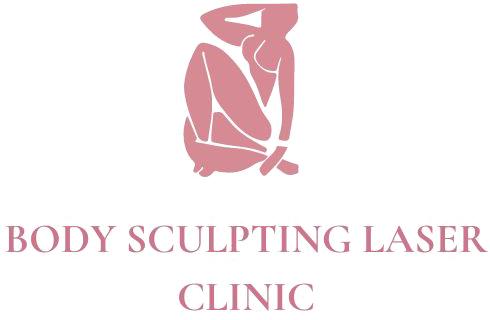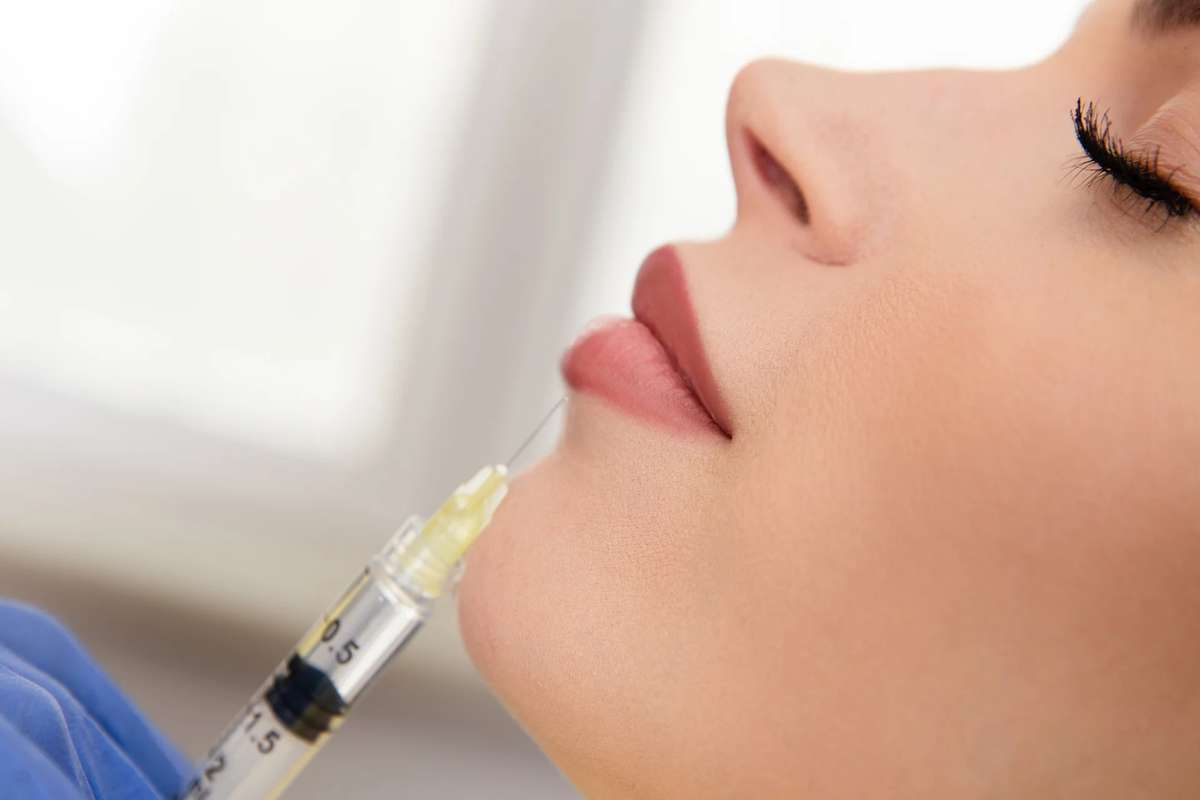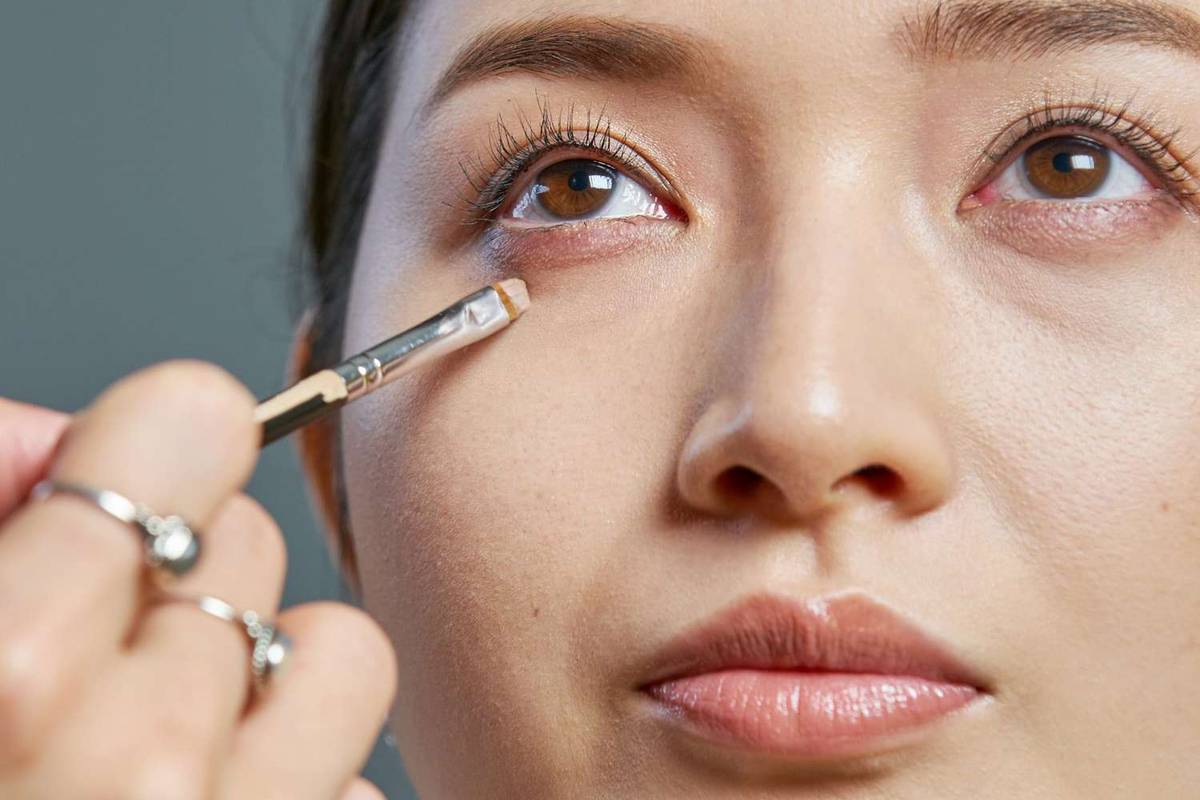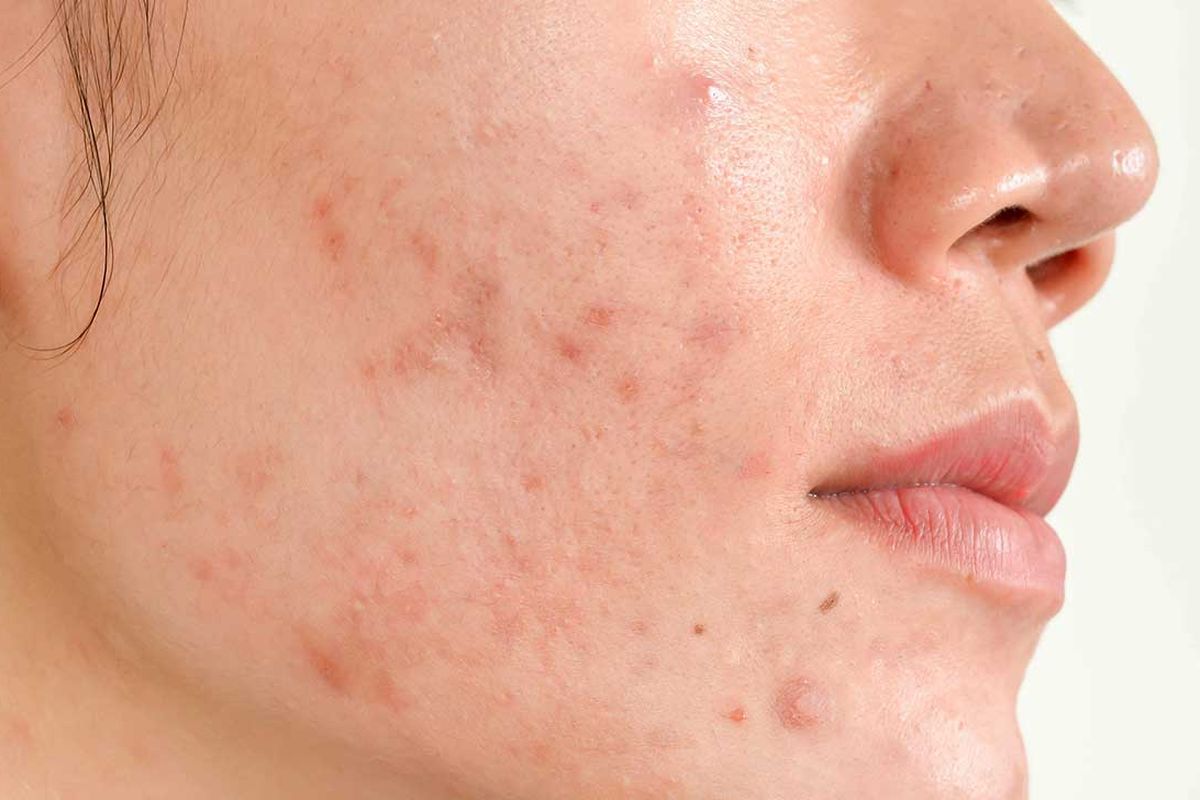Baby Botox has emerged as a nuanced variation in the realm of anti-aging treatments. Using the same Botox formulation recognized by the FDA, Baby Botox diverges by employing fewer units during treatment.
This method prioritizes precision and subtlety and aims to softly reduce signs of aging and cater to smaller imbalances in facial expressions.
Especially favorable for individuals with lighter wrinkles or those who wish to get a head start on preventative care, it’s crucial to understand that the term ‘Baby Botox’ doesn’t refer to a different product but rather to the application technique and quantity.
How It Differs from Traditional Botox
Unlike its traditional counterpart, the primary difference is the volume of Botox used and the treatment strategy. Conventional Botox treatments employ the complete recommended unit dose for specific facial areas, producing more pronounced results.
Both procedures harness the capabilities of Botox, where the active ingredient, botulinum toxin type A, acts as a neuromodulator, inhibiting muscle contractions responsible for wrinkles.
The Science Behind Baby Botox Treatment
Dynamic wrinkles, which arise due to regular facial muscle movement, are the primary target of Baby Botox. These wrinkles become more permanent with age due to reduced collagen production.
Baby Botox’s strategy is to introduce the botulinum toxin type A in small amounts to restrict these muscle movements, thus preventing or softening the appearance of these wrinkles. The treatment’s subtlety and precision make it ideal for those wary of an overly ‘frozen’ look.
While both are fundamentally the same in formulation, Baby Botox stands apart because of the dosing. A ‘baby’ dose is a micro-quantity of the regular amount.
For instance, while a standard forehead treatment might utilize 35 units of Botox, Baby Botox may use just 10.
Potential Side Effects of Baby Botox
While the FDA approves Botox for cosmetic purposes, some mild side effects can arise, including swelling, redness, and slight discomfort at the injection site.
Due to the reduced amount used in Baby Botox, these side effects are even rarer. However, the treatment’s precision makes choosing an experienced professional essential.
As always, incorrect administration can lead to complications.
How Long the Effects Last
Despite its diluted dose, the effects of Baby Botox endure comparably to traditional Botox, typically lasting about three months. To sustain a fresh, rejuvenated appearance, many individuals opt for touch-ups every quarter.
Overall, Baby Botox offers a gentle, less-is-more approach to facial rejuvenation. It’s particularly appealing to those who desire natural-looking enhancements or those aiming for preventative care.
Like with all cosmetic treatments, working with an experienced practitioner is essential to make sure you enjoy both safety and satisfaction.



